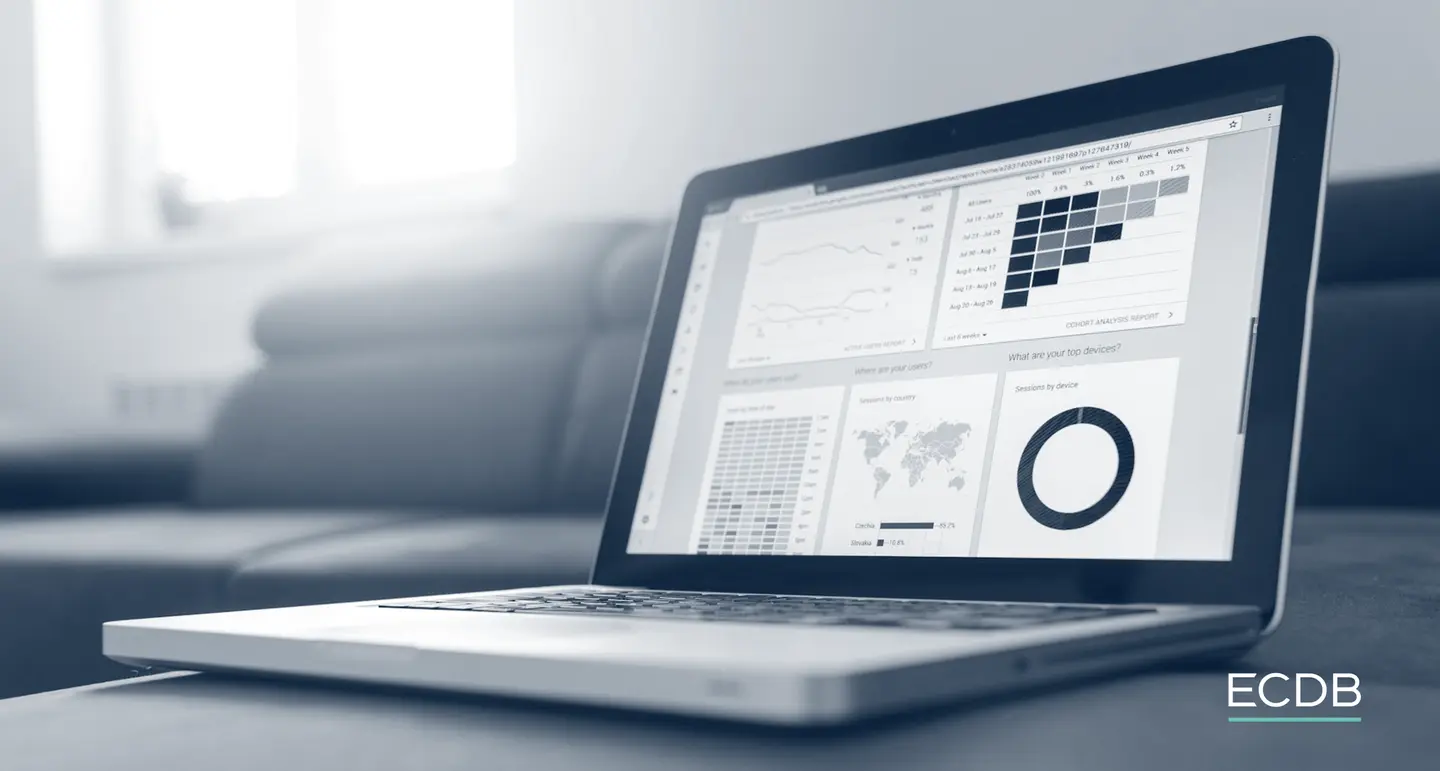E-wallet (payment)
An e-wallet, also known as an electronic wallet, is an online payment tool that usually comes in the form of a mobile application. It securely stores a person's payment information and passwords, allowing them to make purchases using their device without having to carry their physical cards. Users can enter and store credit card, debit card, or bank account information in the e-wallet, allowing them to pay for their purchases using their device.
Glossary entries with E
Back to





